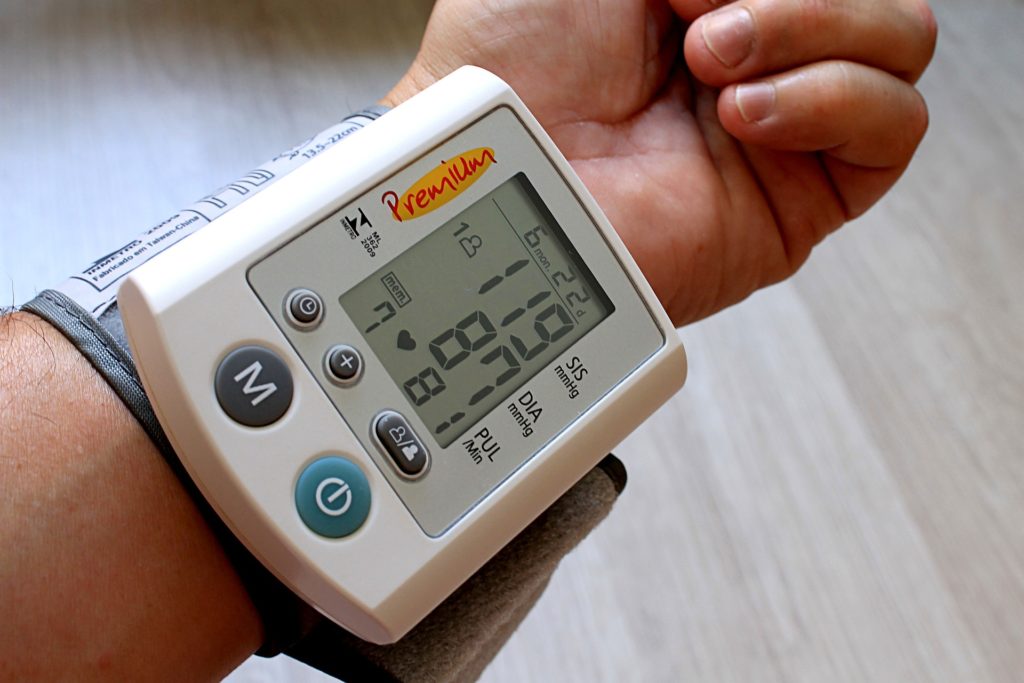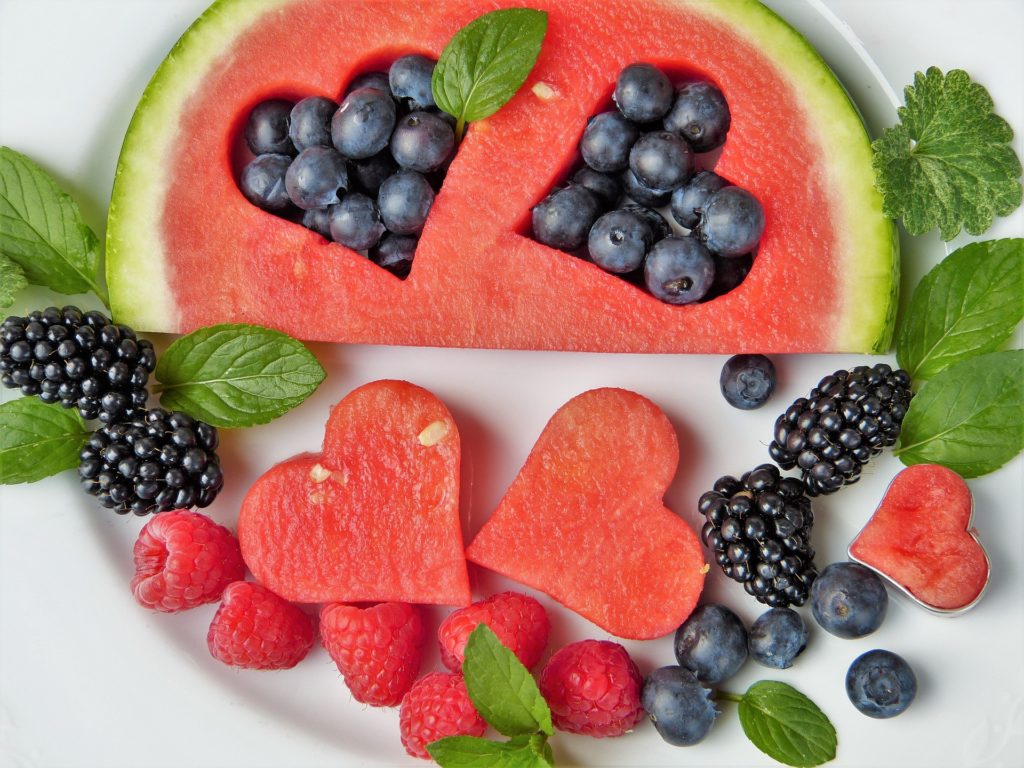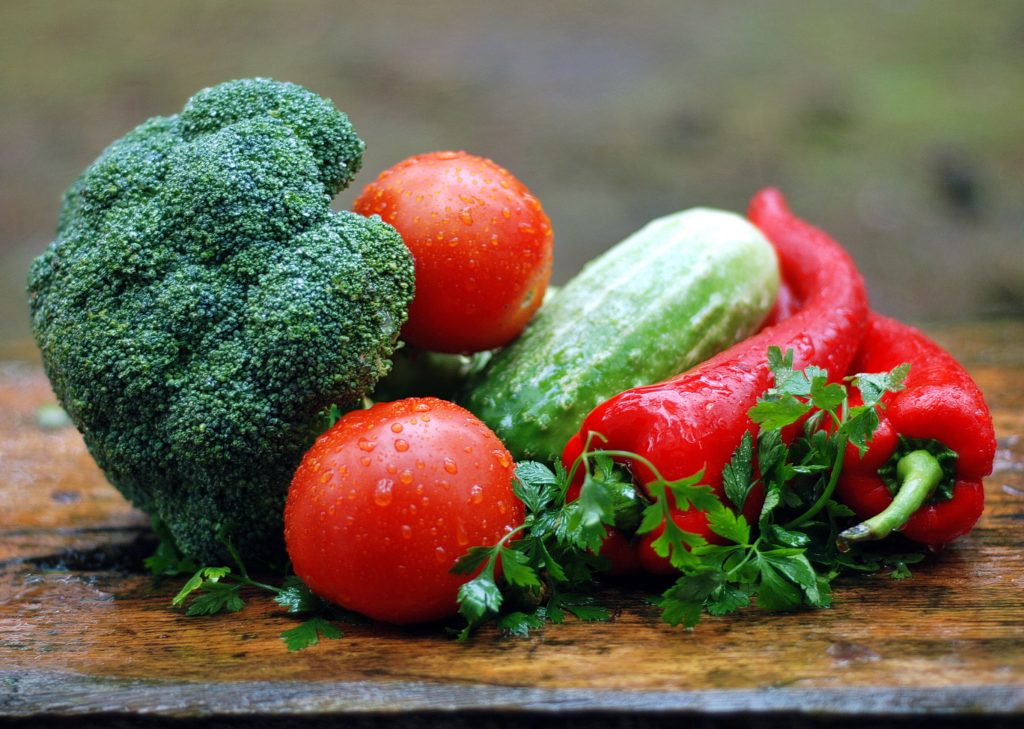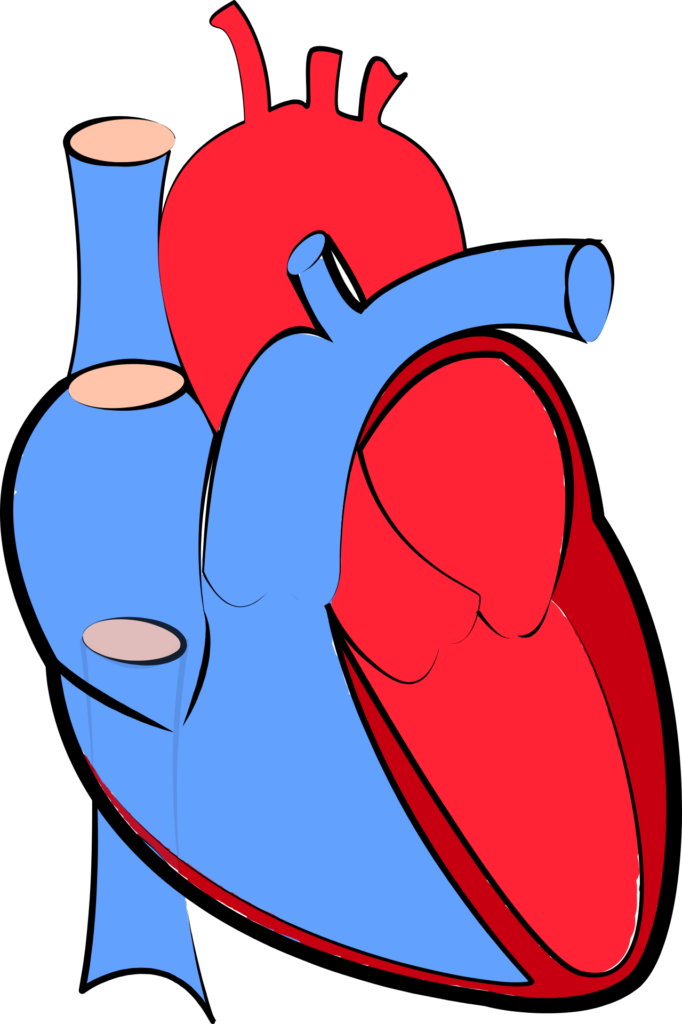
The DASH (Dietary Approaches to Stop Hypertension) is another eating plan with limited need for calorie counting and instead doing serving counting’s. This eating plan has been around for many years and is recommended by the American Heart Association for anyone with cardiovascular disease. It is considered a heart healthy eating style.

What food is recommended
Let’s first explain what the eating plan is. It has a lot of things in common with some of the other eating plans that you’ve looked at including the Mediterranean and Whole Food Plant Based; for instance it recommends limiting the foods that are highly processed, limiting all sugar sweetened beverages and sweets. It recommends eating vegetables, fruits and whole grains while limiting foods are high in saturated fats such as that he needs, full fat dairy products and tropical oils such as coconut, palm kernel, palm oil. It recommends fish, poultry, beans, nuts, vegetable oil. And recommends that fat-free or low fat dairy products be the only ones consumed.

It has both weekly recommendations and daily recommendations. For instance, daily recommends include 6 to 8 daily servings of grains, 4 to 5 servings of vegetables and four to five servings of fruits. Weekly recommendations include 4 to 5 servings of nuts, seeds, dried beans, and peas and five or less of sweets.
Evidence for this eating plan

The science behind the dash diet was the Dietary Approaches to Stop Hypertension trial from 1995. The study was designed with 456 adults eating one of three eating diets. The three diets were the typical American diet at the time, the typical American diet plus more fruits and vegetables and the DASH diet. The dash diet lowered LDL-cholesterol and blood pressure that did not occur in the other two eating plans. The majority of the original studies had only Blood Pressure and elevated LDL for outcomes. Some studies in the past few years have shown a modest decrease in body weight. But the greatest advantage continues to be in lowering blood pressure.
Reference: